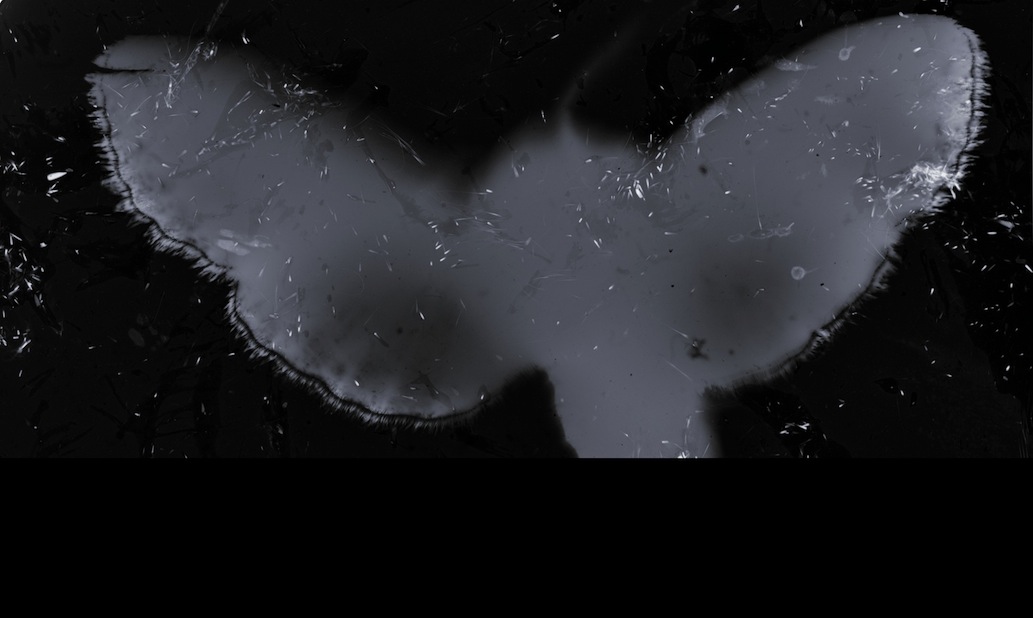Finding a Spiritual Home in the Australian Environment: Katharine Susannah Prichard and Vance Palmer in the 1920s
DOI:
https://doi.org/10.60162/swamphen.3.10611Keywords:
Australian interwar writers, Eco-criticism, Australian literature, Nettie Palmer, Vance Palmer, Katharine Susannah Prichard, Regional writers, Karri ForestsAbstract
Eco-centric ideologies recognise humans as an interdependent part of a larger biotic community and the biophysical systems that support them. Constructions and narratives of one’s ‘spiritual home’ in the environment by authors and critics can challenge colonial and postcolonial understandings, of — in this instance — Australia. Vance Palmer, Australia’s leading man of letters of the inter-war period, claimed his was a generation seeking to find ‘harmony’ with the environment; Nettie Palmer believed that writers’ powers depended on their capacity to find a spiritual home in place. Without the literary imagination, people and places appear ‘uncanny and ghostlike’, and Nettie evolved a schema in and through language to help others learn how to dwell in the land. In a time of rapid environmental change, this essay re-visits these writers, that is, Vance and Nettie Palmer, Katharine Susannah Prichard and others of their generation, and it investigates their important initiatives in challenging dominant and habitual ways of understanding and seeing the natural environment. Often as a result of their beliefs they sought out remote country locations and ‘wilderness areas’ in which to live and write about. Two key texts, Working Bullocks (1926) by Prichard and The Man Hamilton (1928) by Palmer, can be explored in context of recent discourses on ecological sensibilities, identities of place and transnational cosmopolitanism, home and homecoming in the literary imagination, and rapid change through climate change. Building on earlier literary critiques and gender analysis, very different readings of the environmental imagination at play in these texts are possible.
Downloads
Published
Issue
Section
License
Authors who publish with this journal agree to the following terms:- Authors retain copyright and grant the journal right of first publication with the work simultaneously licensed under a Creative Commons Attribution License that allows others to share the work with an acknowledgement of the work's authorship and initial publication in this journal.
- Authors are able to enter into separate, additional contractual arrangements for the non-exclusive distribution of the journal's published version of the work (e.g., post it to an institutional repository or publish it in a book), with an acknowledgement of its initial publication in this journal.
- Authors are permitted and encouraged to post their work online (e.g., in institutional repositories or on their website) prior to and during the submission process, as it can lead to productive exchanges, as well as earlier and greater citation of published work (See The Effect of Open Access).

